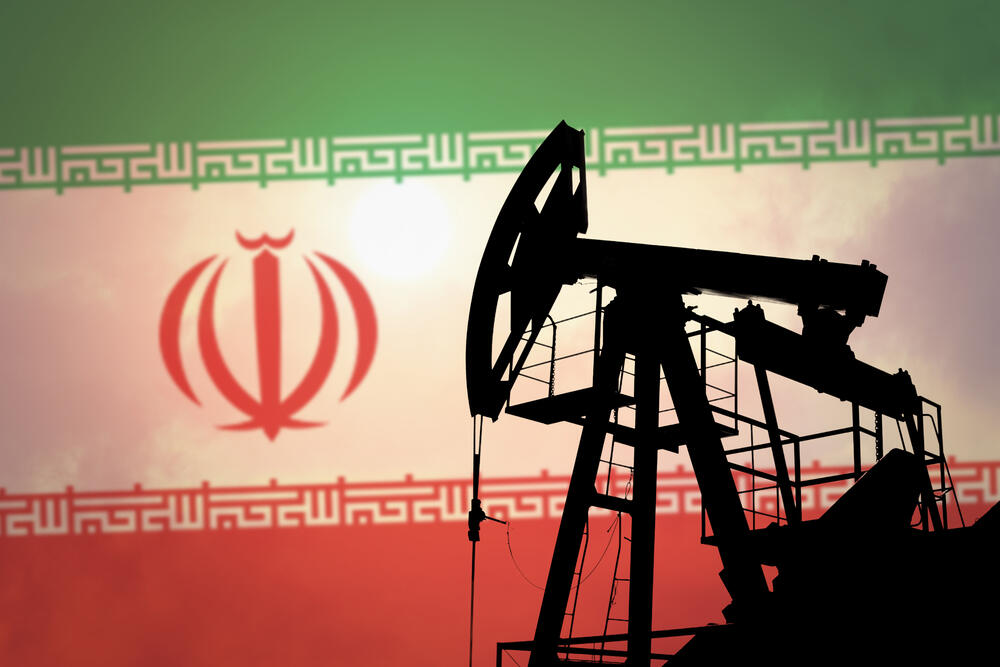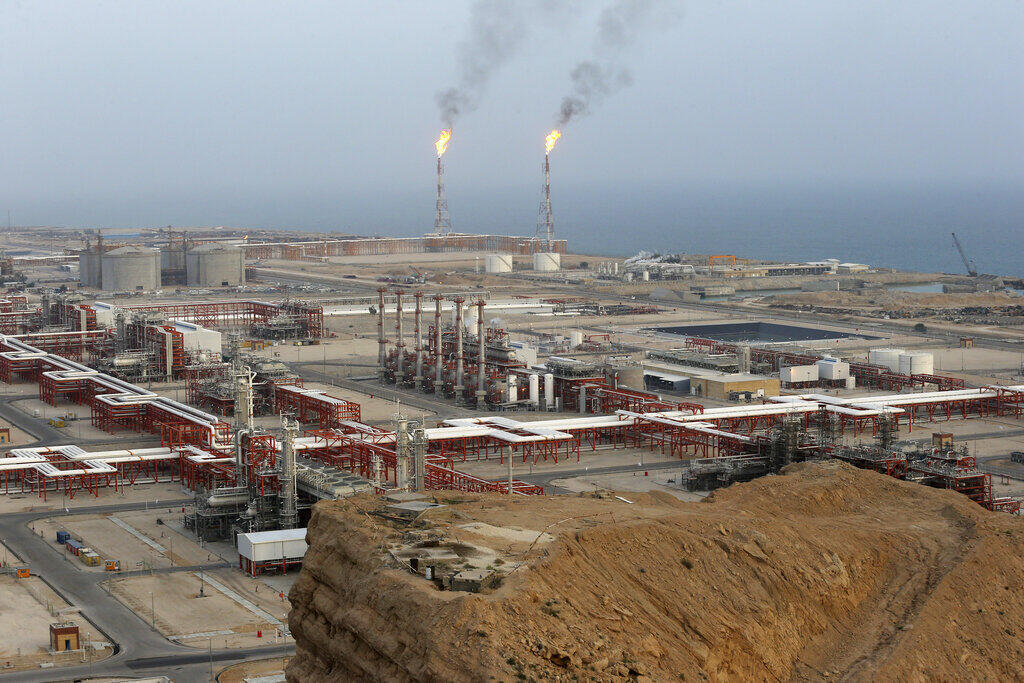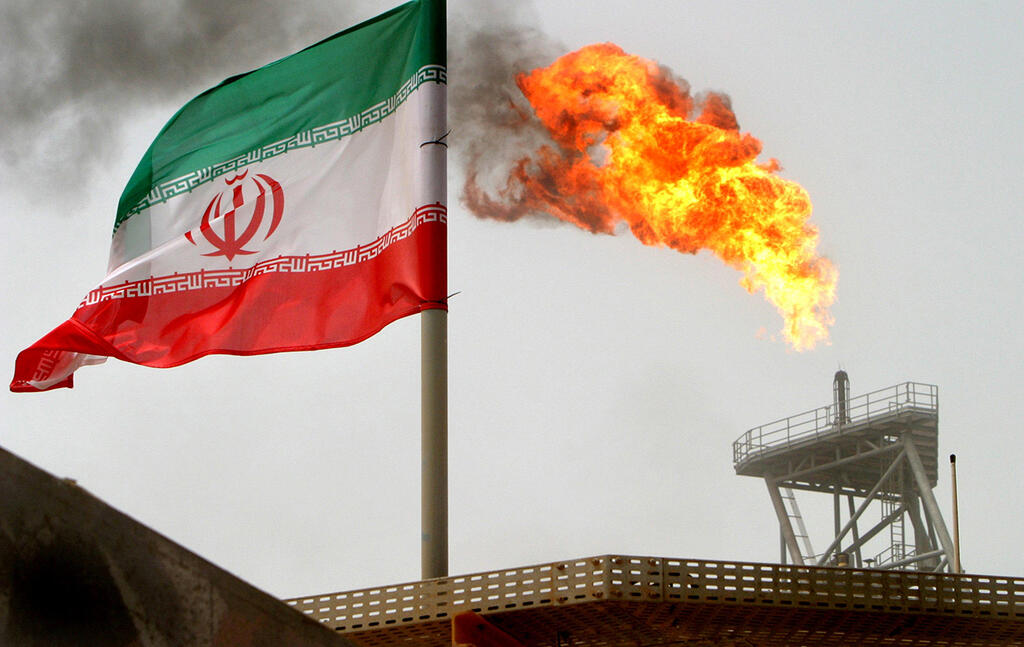Israel on Saturday struck Iranian energy infrastructure for the first time since hostilities escalated between the two countries, according to Iran’s Fars News Agency, which is affiliated with the Islamic Revolutionary Guard Corps.
The reported targets included the South Pars gas field in the southern province of Bushehr, the Asaluyeh oil refinery and a site near the Kangan port, where explosions were reported. Around midnight, two additional oil depots near Tehran were also reportedly hit.
Iran's energy empire
The Israeli airstrikes mark a significant escalation in the ongoing conflict, targeting strategic assets that could have broad implications for the global energy market. Following the strikes, oil prices spiked before stabilizing slightly.
Iran is a major player in global energy markets, holding roughly 34 trillion cubic meters of natural gas reserves—about 17.8% of the world’s total, second only to Russia. It also possesses approximately 137 billion barrels of crude oil, accounting for about 10% of global reserves.
The country’s oil industry dates back to 1901, when British investor William D’Arcy was granted a concession to explore and develop Iran’s oil fields. Oil was discovered in 1908, leading to the establishment of the Anglo-Persian Oil Company. The British government took direct control in 1914 and maintained influence until Iran nationalized its oil industry in 1951 under Prime Minister Mohammad Mosaddeq. A Western-backed coup in 1953 ousted Mosaddeq and restored Western oil interests.
Following the 1979 Islamic Revolution, Iran canceled its international oil agreements and brought the industry under the National Iranian Oil Company. Iran’s oil production peaked in 1976 at 6.6 million barrels per day but has declined significantly since.
South Pars gas field: A strategic asset
South Pars gas field, reportedly struck in an Israeli attack, is one of Iran’s—and the world’s—most vital energy assets.
In addition to South Pars, Iran holds several other major gas reserves, including Kish (66 trillion cubic feet), North Pars (60 trillion), Golshan (55 trillion), as well as Tabnak, Kangan, Khangiran, Nar, Aghar and Farsi. In 2011, Iran discovered the Sardar Jangal field in the Caspian Sea, with reserves estimated at 50 trillion cubic feet.
Israeli strike could ripple through global economy
An Israeli strike on Iran’s energy infrastructure could have a dramatic effect on global energy markets. In 2023, Iran exported an average of 1.4 million barrels of crude oil per day, rising to approximately 1.5 million barrels daily in the first eight months of 2024.
Get the Ynetnews app on your smartphone: Google Play: https://bit.ly/4eJ37pE | Apple App Store: https://bit.ly/3ZL7iNv
Despite ongoing Western sanctions, Iran’s oil exports have increased in recent years, with China remaining its top buyer. Other destinations have included Syria (prior to the civil war), the United Arab Emirates and Venezuela.
Analysts warn that if Iran escalates significantly—by targeting regional energy infrastructure or U.S. military forces—oil prices could surge further. A major concern is that Iran may retaliate by disrupting traffic in the Strait of Hormuz, the narrow waterway linking the Persian Gulf to global oceans and the world’s most critical chokepoint for oil transit.
Roughly 21 million barrels of oil pass through the Strait of Hormuz daily, accounting for about one-fifth of global consumption. Goldman Sachs analysts have warned that oil prices could exceed $100 per barrel if there is a “prolonged disruption” in the strait, as such a scenario—while unlikely—could prevent OPEC heavyweights like Saudi Arabia and the UAE from ramping up output.
The United States to the rescue?
Iran is a major energy power, largely due to its oil industry. In 2004, it produced 5.1% of the world’s crude oil output—around 3.9 million barrels per day—generating $25–30 billion in revenue and serving as the country’s primary source of foreign currency.
Should oil prices continue to rise amid current tensions, several measures could help meet growing demand. One option is for Saudi Arabia and other OPEC members to accelerate the production increases they began earlier this year. Another is for the United States and other major oil-consuming nations to release emergency oil reserves, as they did in 2022 following Russia’s invasion of Ukraine.
Fatih Birol, executive director of the International Energy Agency, said the agency “stands ready to act if needed” and is actively monitoring the situation. He noted that the IEA’s oil security system includes more than 1.2 billion barrels in emergency reserves.





